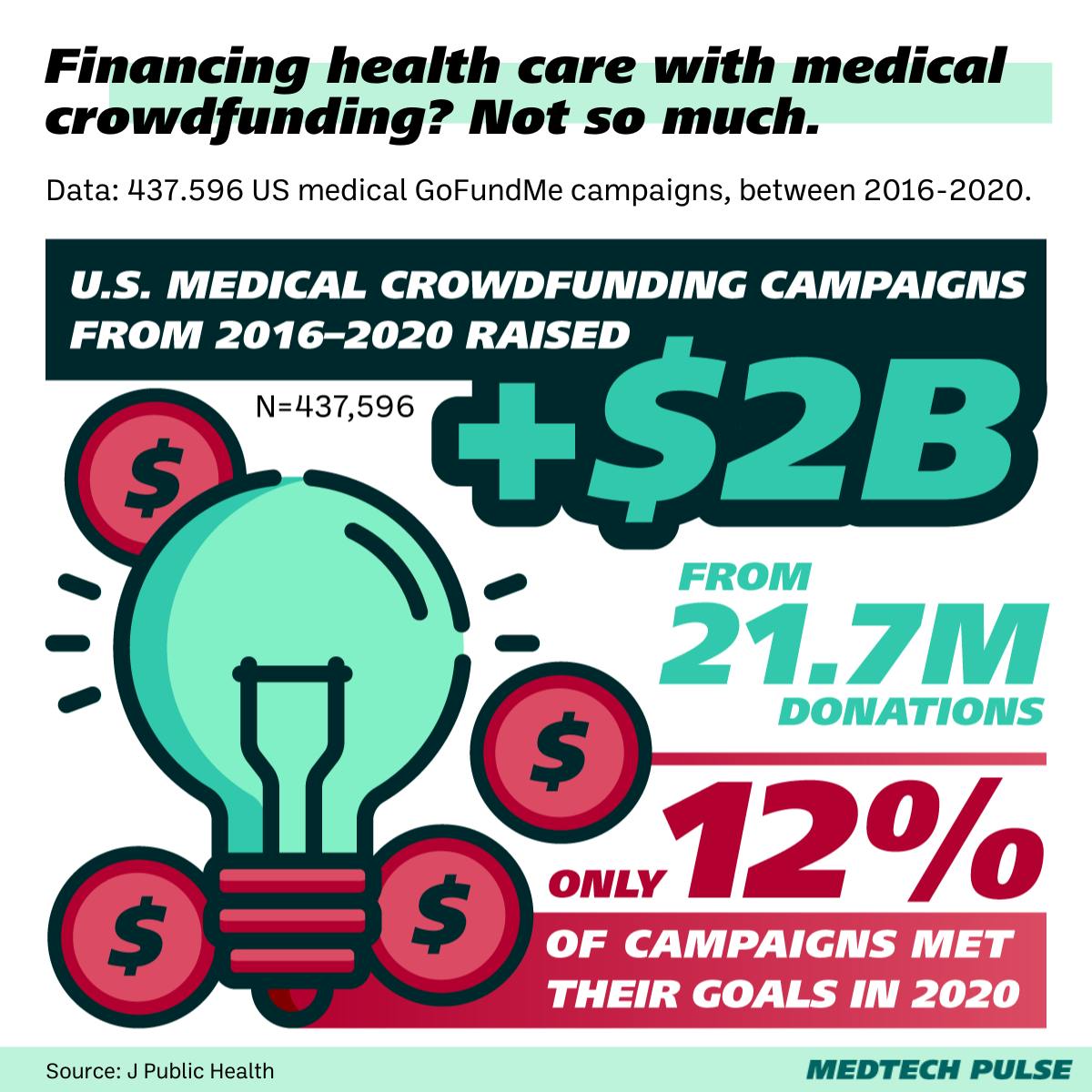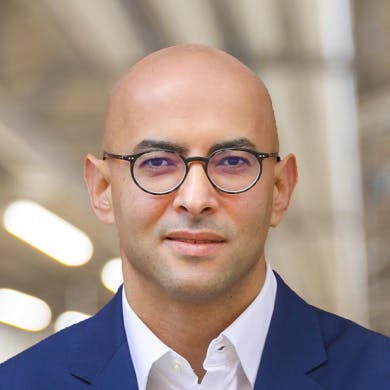Medical crowdfunding v. medtech
Have you ever contributed to a GoFundMe campaign for a friend’s, family member’s, or distant acquaintance’s medical care?
If you’re a U.S.-based reader, it’s much likelier you’ve seen or participated in medical crowdfunding like this. However, even if you’ve never seen one of these posts on your own social media, medical crowdfunding is a problem we all share.
I was reminded of the severity of this issue by this interview with Nora Kenworthy, who has a new book about medical crowdfunding I will be checking out.
Why am I calling this a problem? Medical crowdfunding as an indicator of healthcare’s core problems.
As we discuss in our Chart of the Week this edition, the rising costs of care are outpacing insurance coverage—especially in the U.S.
When we give to medical crowdfunding campaigns, we feel like we’re doing something tangible to help our friends and community. We’re helping this person and their family access care.
But this feeling of goodwill obscures the upsetting reason these campaigns even need to exist:
- Inequitable healthcare systems
- Inaccessible care
- Ballooning costs
- Waning insurance coverage
Crowdfunding for individual cases obscures our collective responsibility for all patients and worldwide health.
Plus, do medical crowdfunding campaigns even work for the patients relying on them?

Like on social media, we’re more likely to see the campaigns doing well than those that aren’t. This means we’re more likely to contribute to campaigns already likely to do well than those that perhaps could use our $20 more. And, admittedly, as individuals, most of us don’t have endless amounts of 20 USD to contribute to every worthy patient on these platforms.
As with startup funding, some campaigns and pitches rise to the top, while others don’t meet their goals. However, the consequences of a young company’s failure and a cancer patient’s inability to afford lifesaving care are not the same. It is unacceptable that some patients may not be able to afford their care simply because their pitch didn’t land.
Lastly, let’s take a closer look at the commonalities of medtech and medical crowdfunding. In the interview, Kenworthy points out that GoFundMe is being used like a health technology. I think the connection doesn’t end there.
Criticizing medical crowdfunding forces us to examine how we look at medtech startup funding as well: Which stories do we find the most compelling and thus worthy of funding? Who loses when we make these choices?
These are the uncomfortable questions we must continue asking ourselves about our industry.
While we celebrate the way systems elevate some worthy solutions and causes, we must also continue fighting for those that don’t rise to the top. And while we continue innovating, we must take stock and counteract ways in which technologies unintentionally entrench health inequities. It’s our responsibility to insist on a healthy future for all.
